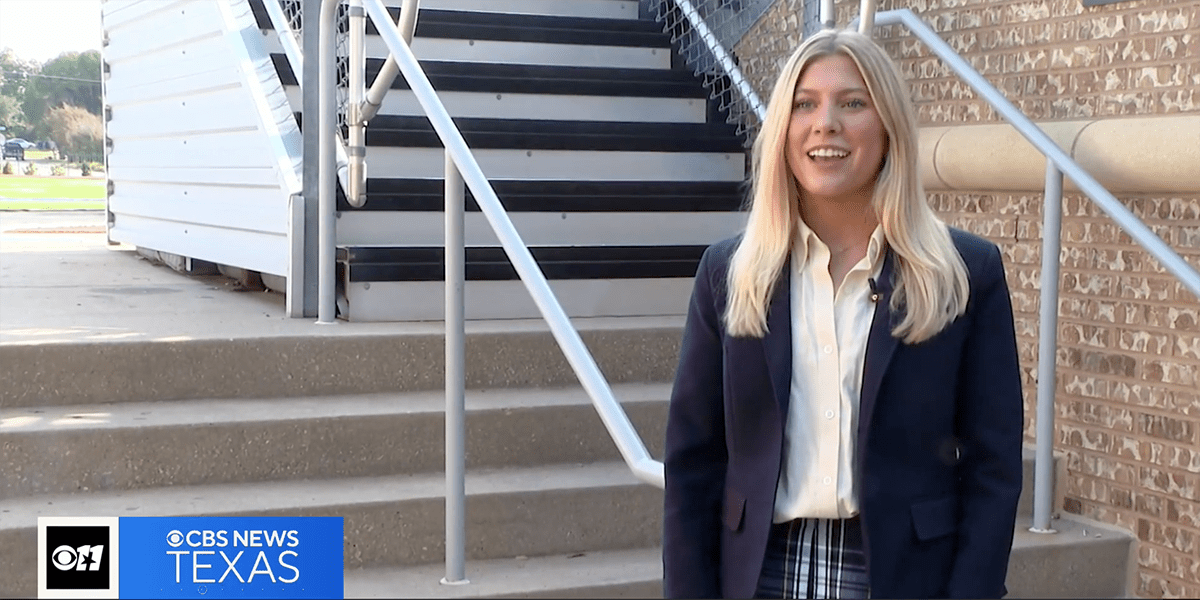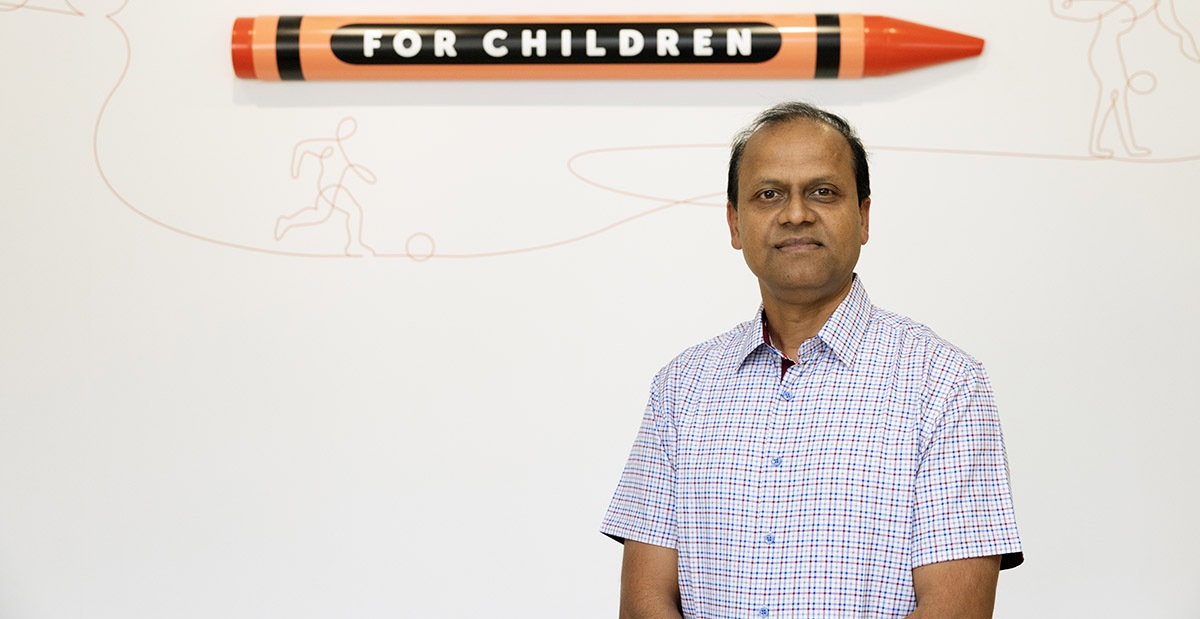This is a summary of a presentation made as a part of the 2020 Coffee, Kids and Sports Medicine education series.
Watch the full lecture here.
Print the PDF
Young athletes are under a lot of pressure to perform. No matter where the pressure comes from, a coach, a parent or himself, an athlete needs support to balance the demands of the sport with the needs of the developing body and mind. Chung and Morrison teamed up to help medical professionals like you address this challenge for young athletes.
Finding the Right Balance
Effective training requires a balance of load and recovery. Here are some definitions that will help with this discussion:
Load is an inevitable result of athletic conditioning, training and competition. If safely managed, load may result in improved athletic capacity and performance as well as reduce risk of injury and illness.
- External load is work completed by the athlete during training and competition. The load creates physical, physiological and psychosocial demands. For example, number of pitches thrown, distance run, hours training or amount of weight lifted.
- Internal load is the individual physical, physiological and psychosocial characteristics that respond to an external load. For example, aerobic capacity, mood and muscle strength.
Overload is a load that is excessive or not well managed. This can result in anatomical, physiological and/or psychosocial conditions that will manifest as altered performance, injury and illness. It is important to identify and modify load to minimize overload. This helps with improving performance and contributes to injury and illness prevention.
Recovery is the process and period during which body responds to load.
- Adequate Recovery = positive adaptations for athletic capacity, performance and injury/illness risk.
- Inadequate Recovery = negative adaptations for athletic capacity, performance and injury/illness risk.
Balance is achieved when the load is enough to create progress and allow adequate recovery. When overload occurs with intensity or a sudden increase in training, there are consequences seen as a plateau or decline performance and medical issues.
Systems and Functions with Medical Issues Related to Overload
- Sleep
- Immune system
- Cardiovascular
- Respiratory
- Hormonal, specifically in female athletes
- Nutrition
Musculoskeletal Issues Related to Overload or Sudden Increases in Load
- Bone stress injuries (stress reaction, stress fractures)
- Physeal injury (skeletally immature athletes)
- Muscle injury
- Tendinopathy
- Youth elbow and shoulder injuries
How Do We Support Young Athletes?
Medical professionals including team physicians, pediatricians, physical therapists, school nurses and athletic trainers, all have a responsibility to support young athletes as they progress through their sport and training. Here is a look at several categories to help with performance and injury prevention.
What is the Role of Nutrition in Recovery and Injury Prevention?
Optimal nutrition supports an athlete managing appropriate training load AND growth. Anything less can leave the athlete short, increasing risk of these and other conditions:
- Hormone changes
- Altered menstrual cycle
- Increased injury and risk of injury
- Decreased response to training
- Delayed healing
- Increased illness
- Mood changes
- Fatigue
- Disordered eating
What is Optimal Nutrition?
- ADEQUATE ENERGY AVAILABILITY provides enough calories to support training and growth.
- VARIETY OF FOODS AND FOOD GROUPS ensures macronutrient and micronutrient balance to meet physiological demands of growth and performance.
- OPTIMAL MEAL AND SNACK TIMING AND FREQUENCY supports training needs depending on each athlete’s schedule.
- INDIVIDUALIZED HYDRATION PLAN is an important component to nutrition plan and supports the unique needs of each athlete.
- POSITIVE “FOOD TALK” affects an overall healthy attitude toward food, especially for athletes in “aesthetic” or lean-focused sports.
Find and download sports nutrition resources for your patients here.
A Consequence of Suboptimal Nutrition: Female Athlete Triad
This occurs when energy intake does not adequately compensate for exercise related energy expenditure (under-fueling). Each component of triad exists on a spectrum between health and disease. The components are:
- Energy Availability
- Bone Mineral Density
- Menstrual Function
Athletes who participate in sports that emphasize leanness, aesthetics, weight class sports and gravitational sports are at greater risk for this condition. The consequences of this condition can be irreversible and should be recognized and referred as soon as one or more components are present. When the body is in a negative calorie balance, normal growth and development and other normal physiologic functions are inadequate. Additionally, performance deficits can lead to frustration with training and increased risk of fatigue and injury.
Male athlete triad is becoming better understood and has similar causes and effects on young men. These include:
- Energy deficiency
- Impaired bone health
- Reproductive suppression
- Low testosterone
- Oligospermia
- Decreased libido
The International Olympic Committee has proposed “RED-S” (Relative energy deficiency in sport), consequences of low energy availability beyond the triad. Learn more at www.FemaleandMaleAthleteTriad.org.
What is the Role of Sleep in Recovery and Injury Prevention?
Sleep is important for physical, mental and cognitive well-being. It plays a key role in academic and athletic performance, injury and recovery. Insufficient sleep or poor sleep quality may increase risk for injury in adolescent athletes. Some studies show an increased risk of injury in athletes that sleep less than eight hours per night. Other studies show that recovery from a sport-related concussion is improved with better sleep quantity and quality.
Signs of poor sleep quality:
- Decreased athletic performance
- Recovery from exercise/training
- Decreased reaction time
- Impaired cognition
- Changes in mood
- Increased risk for injury
- Reduced ability to tolerate load
How Can We Help Manage Stress and Address Mental Health in Young Athletes?
When an athlete is experiencing a training or stress overload, there are consequences that may show up on performance or health. These are often difficult to see but have a profound impact. These include:
- Slowed reaction times
- Decreased speed and agility
- Decreased concentration
- Mood changes
- Disordered eating or an eating disorder
- Sleep disturbances
- Decreases in lean muscle or difficulty gaining lean muscle
- Decreased academic performance
- Relationship struggles
Since 1 in 5 youth meet the criteria for a mental health disorder, it is more important now than ever to recognize these signs and symptoms in young athletes and help connect them with an appropriate support system. Injuries can have psychosocial consequences as well as physical, including mood swings, depression and disconnection from peers.
Download the PDF to share with your patients.
Take Home Points
Athletes need guidance to understand how load, nutrition, sleep and mental health are interconnected. Together the appropriate balance of these can support improved performance and a reduction in injury and illness risk.
Nutrition
- Three meals + needed snacks each day.
- At least three food groups per meal..
- Encourage fluids throughout the day and around/during games and practices.
- Follow individualized hydration plan, if needed.
- Positive food and body talk.
- If a food group is eliminated, seek guidance to ensure nutrition needs still met.
Sleep
- 8-10 hours of sleep each night for teenagers.
- Establish a consistent sleep schedule (consistent sleep & wake time, even during the weekends).
- Set a nighttime routine.
- Read a book, meditation, take a warm bath.
- 30-60 minutes prior to bedtime should be a time of relaxation.
- Set a good sleep environment.
- Quiet, dark, cool temp, comfortable/calming.
- No electronics 1-2 hours prior to bedtime.
- Avoid caffeine and large meals before bed.
Mental Health
- Make mental health a priority with physical health.
- Listen without judgement.
- Question and remind athletes about effective ways of coping with stress, share you own experiences, initiate formal conversations about coping.
- Early identification and action are important.
Resources for your patients
- Depression and bipolar support alliance – www.dbsalliance.org
- Suicide Prevention Hotline – www.suicidepreventionlifeline.org
- Anxiety disorder info and toll-free hotline – www.mentalhealth.samhsa.gov/publications/allpubs/ken98-0045/default.asp
- Academy for Eating Disorders – www.aedweb.org
- Mental Health Services Locator – www.mentalhealth.samhsa.gov/databases














